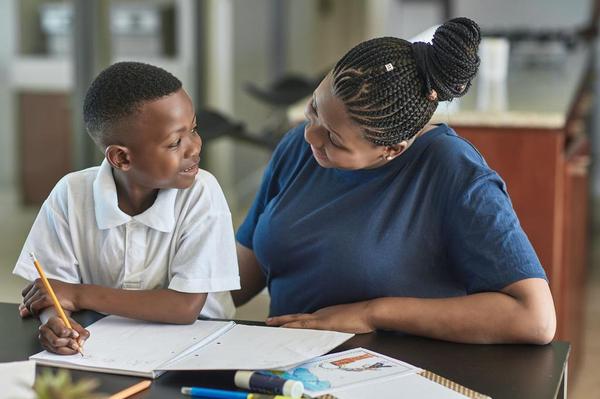
What's My Child’s Learning Readiness?
If you’re like most parents, especially if you’re new to homeschooling, these differences can lead to comparison, concern, and some late nights scouring the internet for answers!
But those answers may be simpler—and more calming—than you might think. Maybe it’s just a matter of your child’s learning readiness.
Let’s start with the reassurance of an expert...

















